Hokkaido, Japan’s northernmost island, offers a perfect blend of nature, culture, and cuisine. During my recent trip, I explored cities, mountains, farms, and local delicacies. Here’s a glimpse of my Hokkaido adventure:
Sapporo Clock Tower
A must-see in Sapporo, the historic Clock Tower is an iconic symbol of the city. Built in 1878, it gives visitors a glimpse of Hokkaido’s early days of modernization. The wooden structure and classic bell tower make it a perfect photo spot.
Genghis Khan Daruma
No trip to Hokkaido is complete without trying Jingisukan (Genghis Khan), a local lamb barbecue dish. At Daruma, the lamb was tender, juicy, and perfectly seasoned. The communal grill style made it a fun dining experience.
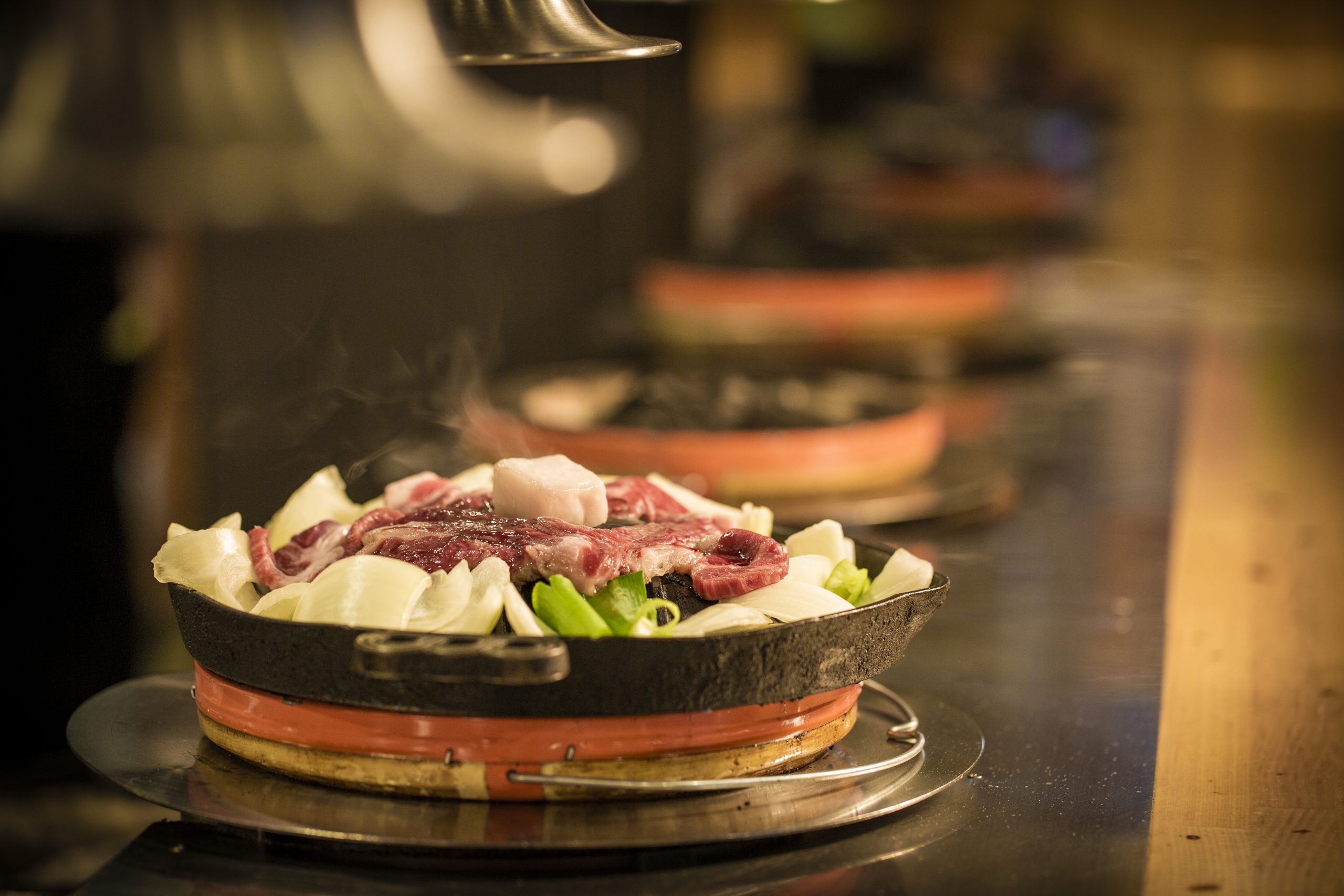
Reservations are accepted at stores 4.4 and 7.4. Since there were only two of us, we made a reservation at store 7.4. (Store 4.4 requires reservations for groups of four or more.)
Hokkaido Museum
To understand the island’s natural history and culture, I visited the Hokkaido Museum. Exhibits on Ainu culture, wildlife, and Hokkaido’s development were informative and visually engaging.
In particular, the Ainu people live in Hokkaido, and you can see detailed exhibits about the history and culture of the Ainu people.
Otaru & Takinami Shokudo
Otaru, a charming canal city, is famous for its nostalgic streets and seafood. At Takinami Shokudo, I enjoyed fresh seafood bowls with locally caught fish. Walking along the canal afterwards, I admired historic warehouses and glass shops.
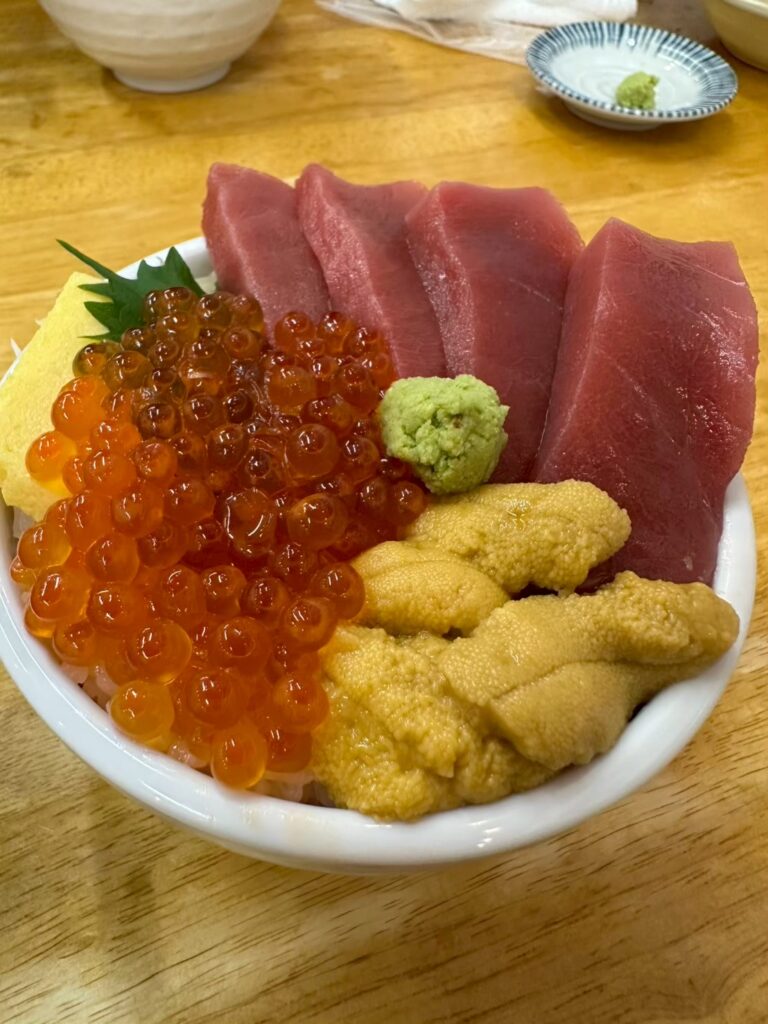
Farm Tomita
Lavender fields in Furano are breathtaking, especially at Farm Tomita. The endless purple blooms and fragrant air make it a photographer’s dream. Seasonal flower soft serve and souvenirs were delightful.
Nakafurano Hokuseiyama Lavender Garden
Farm Tomita was fun, but I especially enjoyed the Hokuseiyama Lavender Garden just before it. There’s a one-seater chairlift here, and you can admire the flowers blooming on the slopes while riding the lift. It’s also quite high, so you can enjoy the magnificent views of Mount Furano and Mount Tokachi to the east. At the top of the lift, there are benches and chairs where you can lie down on the slope, allowing you to relax amidst the magnificent scenery.

Tada Winery (Overnight Stay)
Located in the countryside, Tada Winery offers wine tasting and a cozy stay. The tasting of the local wines, made from Hokkaido grapes, was particularly excellent, and the warm hospitality was also wonderful. I purchased the red wine “Denen Rouge,” which was so delicious I finished the whole bottle in one night. The breakfast also uses vegetables grown on Tada Farm, which had a sweetness completely different from vegetables in Tokyo, which I was impressed by.
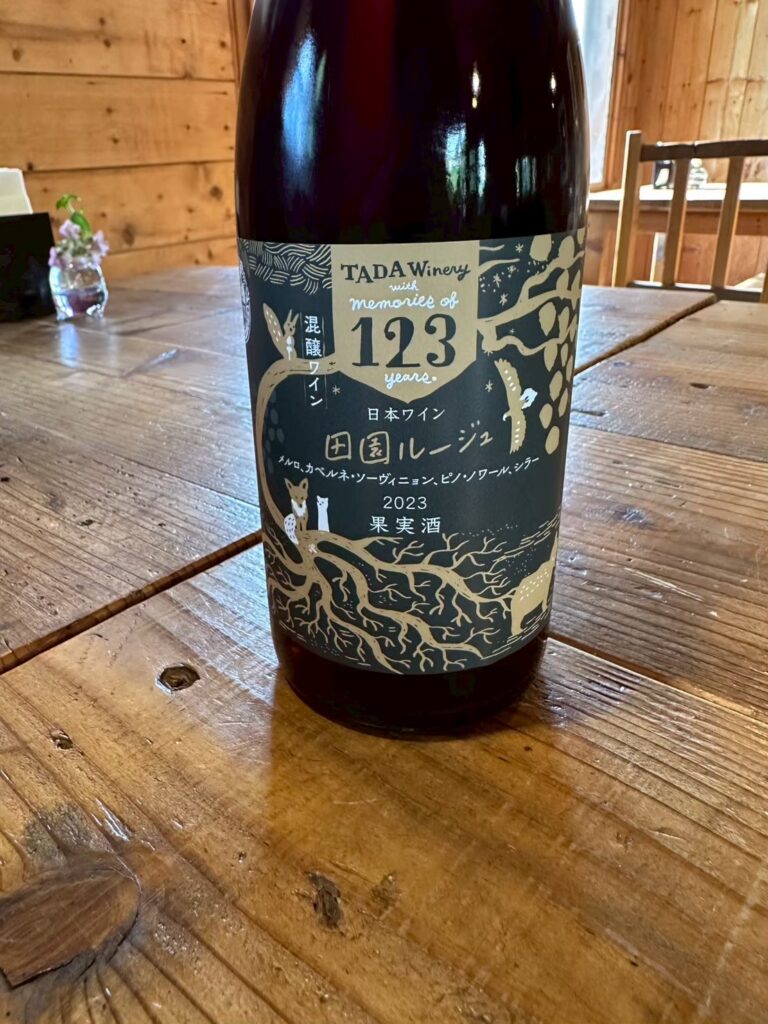
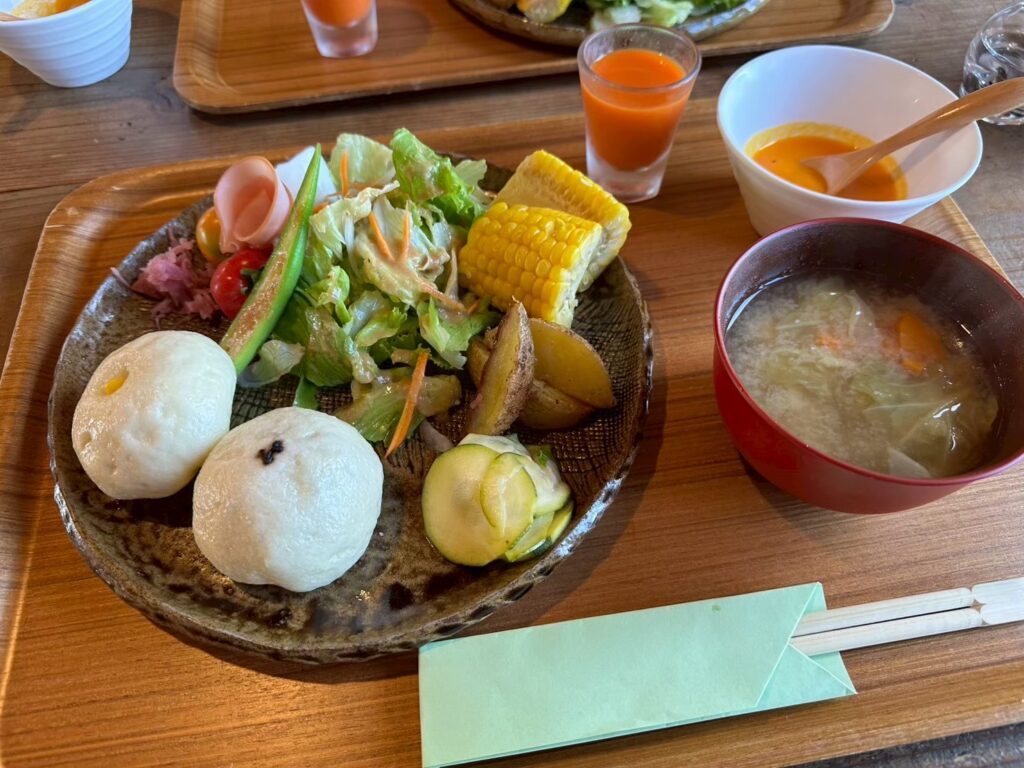
Kurodake Ropeway & Sounkyo
Located in the heart of Sounkyo, a dramatic valley carved out of the Daisetsuzan mountain range, this area is known for its rugged cliffs, waterfalls, and stunning alpine scenery. From here, we took the Kurodake Ropeway to the fifth station of Kurodake. The panoramic views of the valley and surrounding mountains from the fifth station observation deck were breathtaking. From the fifth to the seventh station, we took a chairlift, which, unlike the ropeway, allows you to breathe in the open air and enjoy nature, so we highly recommend it.
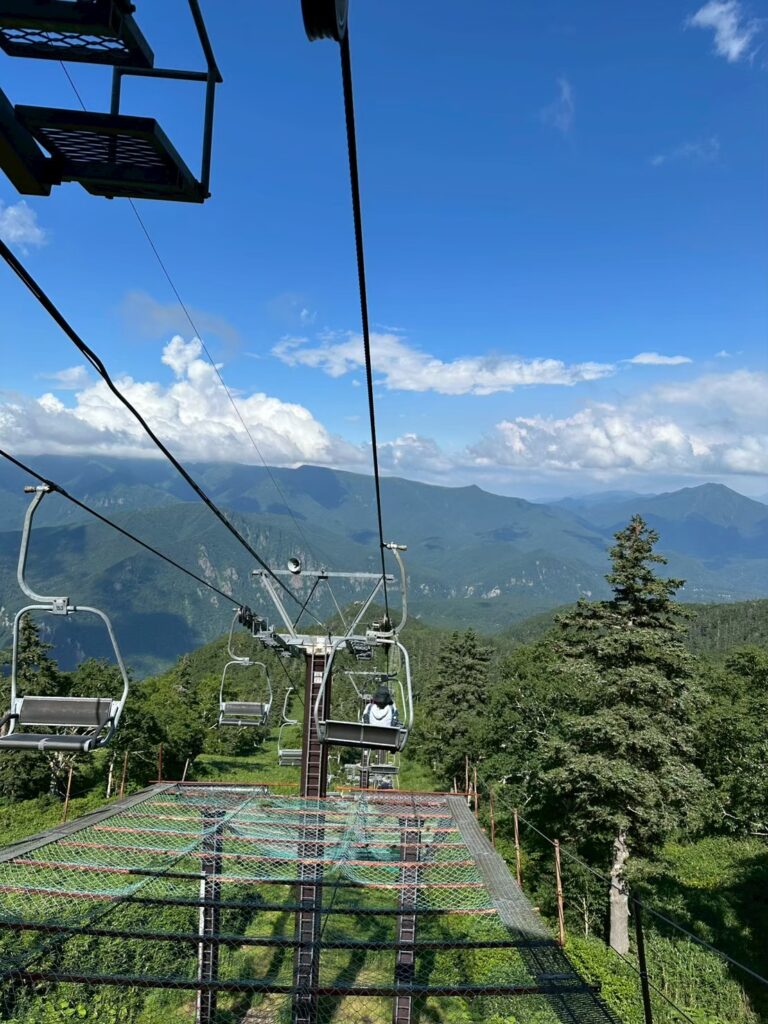
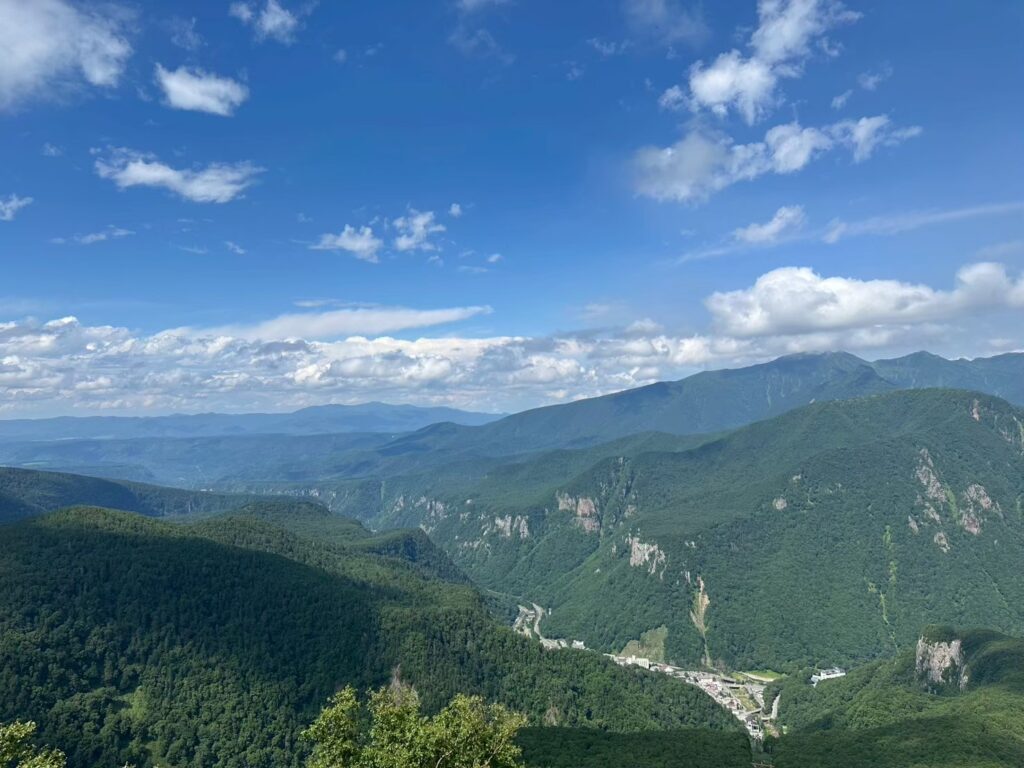
Sounkaku Hotel (Overnight Stay)
We stayed at Sounkaku, which was also not too crowded and we had a comfortable stay. This inn offers an “all-inclusive” service, which means that the room rate includes drinks at breakfast and dinner (some items are subject to an additional charge), drinks and appetizers in the lounge, and most of the in-house services. This service was fantastic. Even outside of breakfast and dinner, soft drinks and alcohol were available all-you-can-drink, and simple snacks were also available.They also had gelato and pancakes, and although our plan did not include breakfast, we had pancakes and coffee, which was essentially breakfast.
Ryusei & Ginga Falls
The power of nature is on full display at Ryusei Falls and Ginga Falls. These twin waterfalls, cascading down a dramatic gorge, are breathtakingly beautiful and perfect for photography. There is an observation deck from which you can get a good view of both falls, but the walk up to the observation deck is quite steep, so it’s worth taking on if you’re up to the challenge.
Kamui Kotan
Kamuikotan, a hidden gem along the Ishikari River, is known for its unusually shaped natural rock formations. It was a fascinating experience to walk along the riverbank and reflect on the mythology surrounding the area. “Kamiikotan” comes from the Ainu word “kamuy (god) kotan (place where they live),” meaning “place where gods live” or “village of gods.” Located in Asahikawa, Hokkaido, it is the name of a scenic spot where the Ishikari River forms a steep valley, and has long been considered a sacred place for the Ainu people.This is also where the old Hakodate Main Line station building was located, and now there is a restored building of that time. It is a place rich in nature, but it is moving to think about how people in Hokkaido used it to travel back in time.
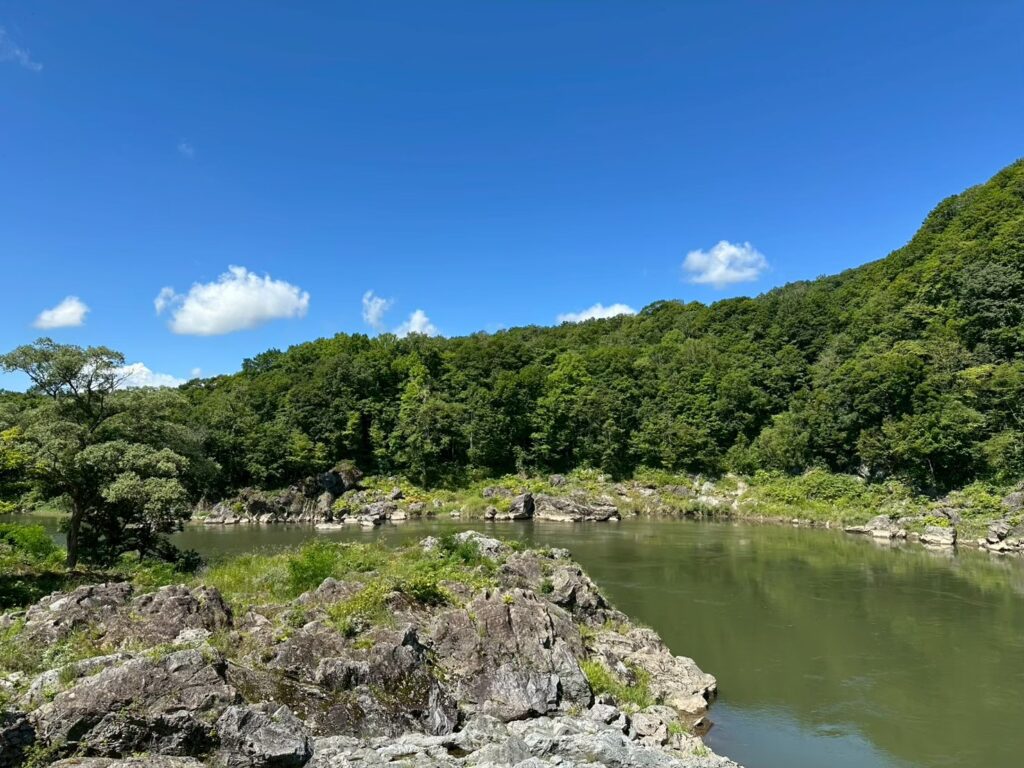
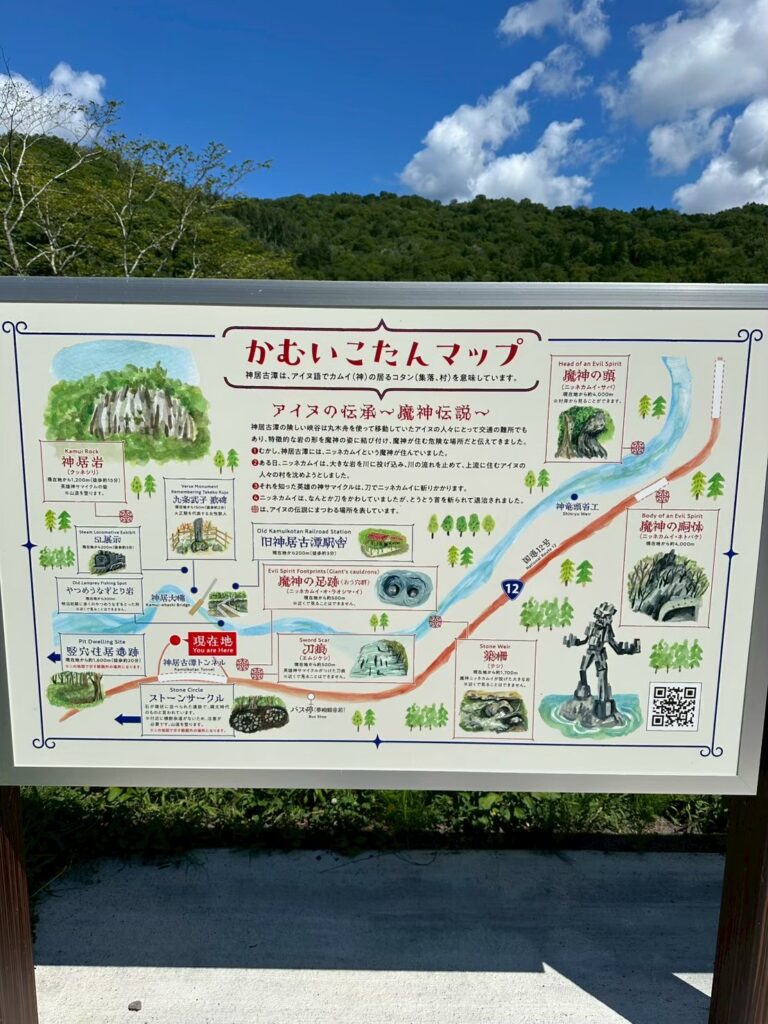


コメント